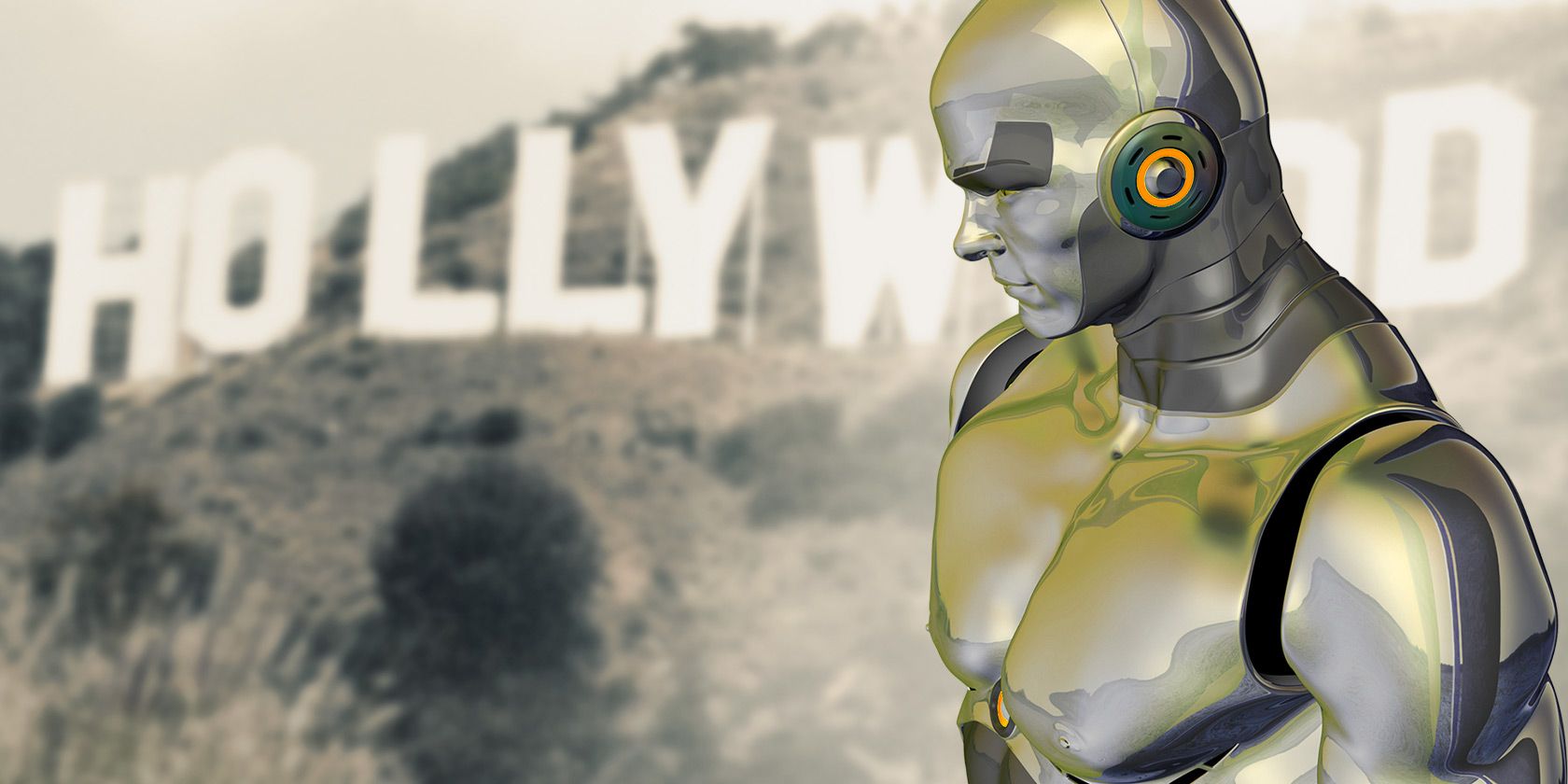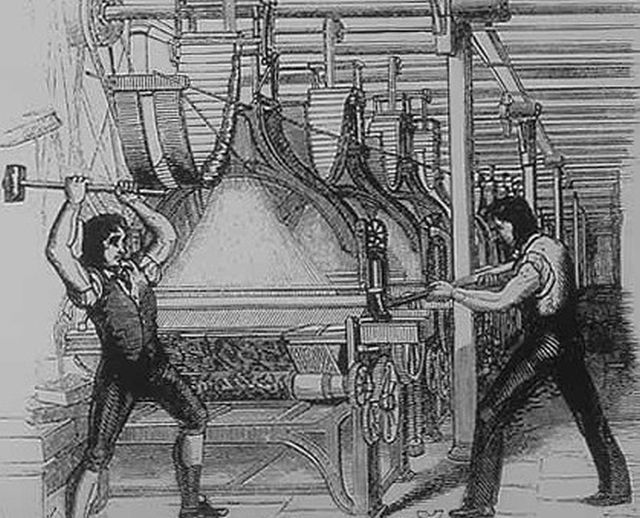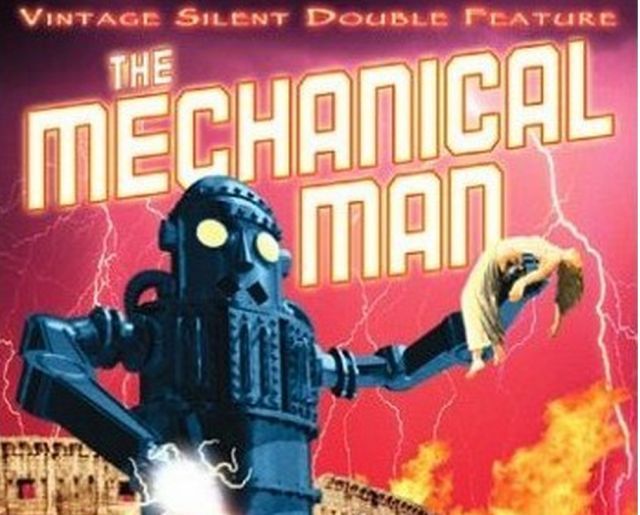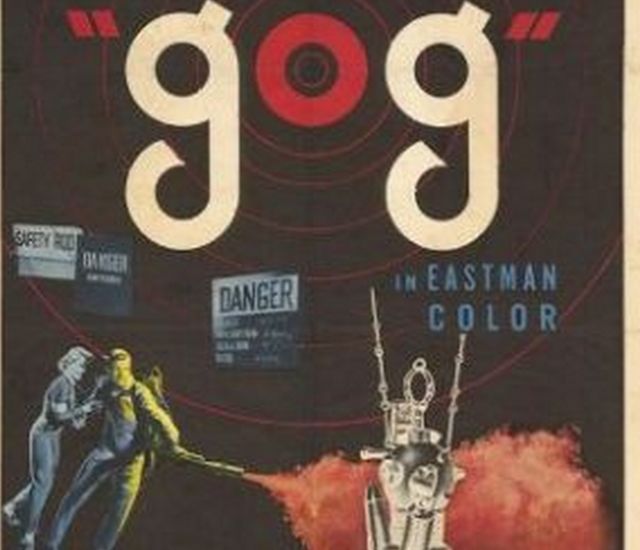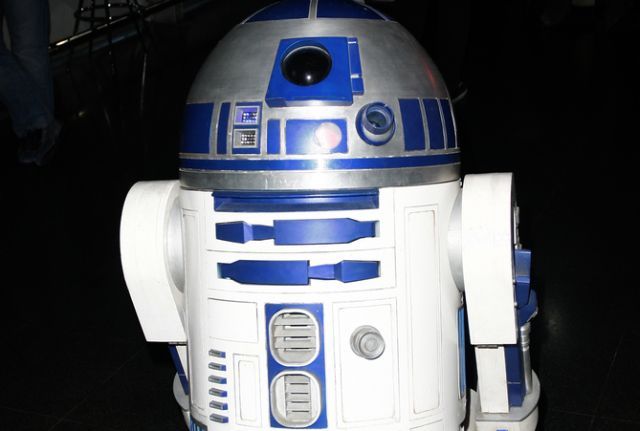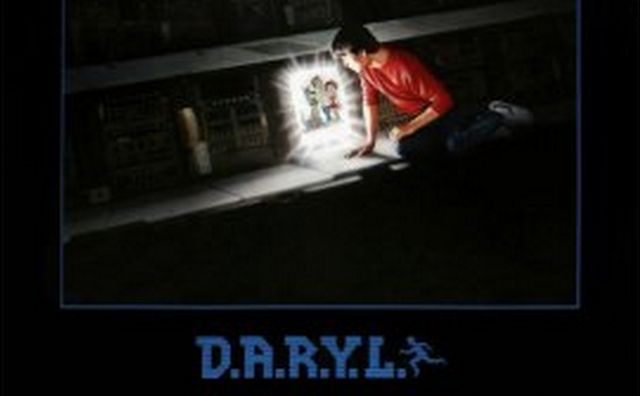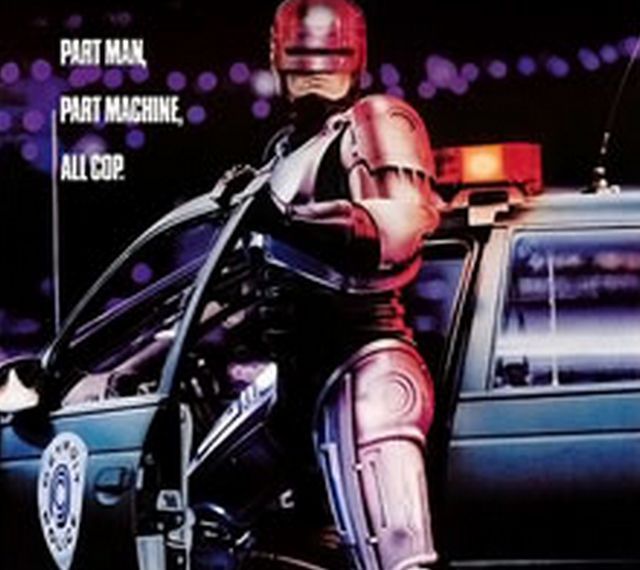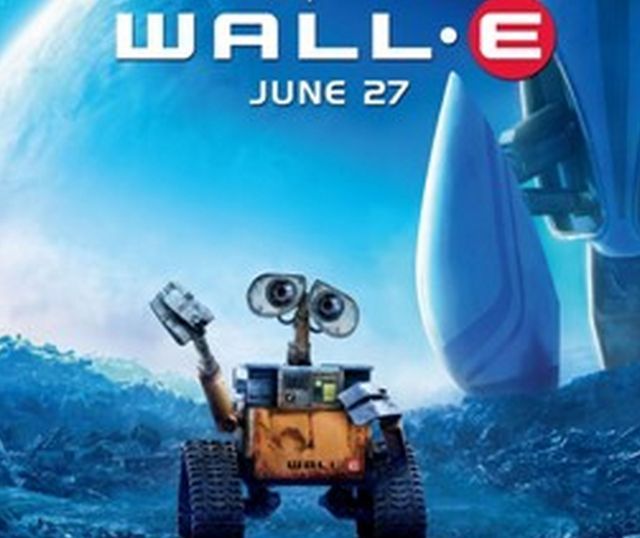Humanity has always had a love-hate relationship with technology, and robots are no different. Over the years, there have been hundreds of movies about sapient robots, and the portrayals have varied wildly.
Sociologists and histories have outlined how the advancement of technology led to greater productivity in the workplace, and how the introduction of that technology displaced some workers and led to a spreading fear that computers and robots would one day take the place of humans.
These fears were reflected in science fiction and movies. But, when later generations saw prosperity and new jobs emerge from technology, the tide began to shift. Observing how artificial intelligence and robots have been portrayed by Hollywood provides a fascinating glimpse into humanity's relationship with the technology that it depends on.
1920s-1960s: A Fear of Robots
The Industrial Revolution of the 1700's and 1800's gave birth to the term Luddites - the name of textile workers who protested the adoption of the spinning frames and looms that threatened to replace them.
Of course, Luddites could not stop the progress of technological achievements. As the centuries rolled on, more machines came. Assembly lines, radios, telegraphs, printing presses, electric motors, and railroads provided a constant stream of devices and machinery for science fiction writers to worry about.
In the 1930s, John Maynard Keynes wrote that:
"We are being afflicted with a new disease of which some readers may not yet have heard the name, but of which they will hear a great deal in the years to come – namely, technological unemployment."
So, it is no surprise that a film like Metropolis would appear in 1927.
The plot had obvious connections to the modern social fears about industrialists, as it was about a wealthy class of "thinker-industrialists" who ruled over the workers who were toiling in the underground regions of the city, operating the machines that provided the city with its power.
The form of artificial intelligence that took shape in this movie was that of the female robot Maria, who ultimately caused chaos and death for the workers in Metropolis.
While it's tempting to dive into a Freudian analysis about why the filmmakers chose a female robot for this evil purpose, a deeper analysis of the film will note that the fact that the robot caused nothing but mayhem to the working class is hardly a coincidence.
Other robot sci-fi films throughout the 20s, 30s and 40s followed the same "evil robot" theme, like the 1921 Mechanical Man, featuring a 10 foot tall robot programmed to blow fire out of its hands and cause all sorts of mayhem.
Undersea Kingdom in 1936 featured raygun-toting robots called Volkites - the army of evil warlord Unga Khan. The Phantom Creeps in 1939 featured an 8 foot iron robot "iron man", built by the evil villain Dr. Zorka to take over the world.
The run of evil robots in Hollywood didn't end in the 30s. There was the 1941 film The Mechanical Monsters, where a mad scientist's flying robots attacked Gotham City with their flamethrowers. They could only be stopped by Superman.
In the 1950s, pulp sci-fi began to shift its focus onto aliens - but there were still plenty of films featuring robots - and usually in a negative light. Case in point; the film Gog in 1954, where experimental robots created in a top-secret government lab went out of control after enemy agents took them over, becoming killing machines.
This trend continued on with movies like Kronos in 1957, where an alien robot sucked all electrical and atomic energy from Earth, putting humans at risk of running out of all power. There was the Invasion of The Neptune Men in 1961, where robotic aliens from Neptune invaded Earth.
Of course, who could forget the climax of this wave of evil artificial intelligence, the ultimate sinister computer - the one and only HAL-9000 in the 1968 film 2001: A Space Odyssey.
https://flic.kr/p/6YBwTx
Stanley Kubrick's film really took fears about artificial intelligence to a whole new level. In fact, the film was one of the first Hollywood futurist films exploring what a future world might look like if the newfangled computers of the late 1960s might one day become smarter than humans.
The thinking and feeling computer, known as HAL-9000, not only specialized in fixing the ship or playing chess, but it was also able to develop an evil plot to kill the astronauts on board in order to prevent them from shutting down its malfunctioning systems.
https://flic.kr/p/5k4j9
In the film, the ship's last remaining astronaut - Dave Bowman - survived long enough to disconnect HAL's brain modules. However, the question of what catastrophic consequences might come from an artificial intelligence that's smarter than humans is a debate that lingers on well into 2015 and beyond.
1970s-1990s: A Love of Robots
One of the best eras in Science Fiction, thanks to the magic of special effects in Hollywood, included the year that one of the greatest Sci-Fi films of all times was released - Star Wars - in 1977.
Suddenly, the robots were the good guys. Oddly enough, C-3PO - the anxious and talkative gold-plated robot - was actually based upon the design of the evil robot in Metropolis. C-3PO fast became one of the most recognized icons of the Star Wars films, and one of the kindest robots in the history of movie robots.
And just when you thought robots couldn't get any more gentle, in rolled R2-D2, the barrel-shaped Astromech droid that remained C-3PO's ever-present side-kick throughout the trilogy. Movie fans came to adore the small, stocky droid as one of the main heroes of the film.
The public's love affair with robots continued on into the 1980s, with films like D.A.R.Y.L.
This 1985 film portrayed an android to the audience as an innocent 10 year-old boy. It was difficult for anyone not to feel sympathetic toward the robot - even if he was only a machine created in a government lab.
This was also a film that went beyond the 2001: A Space Odyssey question of machine intelligence, and instead focused on getting audiences to consider a scenario where a robot could "malfunction", and actually feel things like fear, or love.
The love affair with A.I. beings continued with the film Short Circuit in 1986.
https://flic.kr/p/68zSMw
This robot - which eventually became an iconic character in 1980's America - was one of a group of robots fabricated by a defense contractor called Nova Robotics. While intended to be a killing machine, robot "Number 5" was struck by lightning and "came alive" with a very human-like personality.
Just like in the movie D.A.R.Y.L., the robot's creators considered the robots human-like, highly intelligent qualities as a "malfunction", seeking to destroy the device before things got out of hand.
Just a couple of years later, in 1987, yet another film portraying artificial intelligence in a positive light was released - RoboCop.
In stark contrast to the evil and destructive robots of the films from many decades earlier, this 1980s film portrays this half-human, half-robot representation of artificial intelligence as a superhero. The film grossed $8 million in its opening weekend, and over $53 million during it's North American run - proving that the public really, really connected with the idea of good-guy robots.
The Pendulum Swings
Post 2000, Hollywood has started entering into a multi-faceted coverage of artificial intelligence. There is no longer a common theme in movies, as debates also rage throughout modern society as to whether or not the advancement of A.I. will benefit or destroy humanity.
There are two examples of movies that take polar opposite views on this. On the one side, there is I, Robot, a 2004 film starring Will Smith, about a future world in 2035 where robots are prevalent throughout society. Their purpose is to serve humans, and they obey the "Three Laws of Robotics", the primary of which is that they must not "injure a human being or, through inaction, allow a human being to come to harm."
It's actually this first law that drives the U.S. Robotics security AI known as V.I.K.I. (Virtual Interactive Kinetic Intelligence) to turn the robots toward a mission to remove free will from all humans, in order to ensure the survival of the human race.
The conclusion of the superior intellect of the artificial intelligence in this movie is basically that left to their own devices, humans will eventually drive themselves extinct (an argument that is difficult to debate).
Of course, society's love for artificially intelligent robots is not gone, as evidenced by the release of Wall-E by Disney in 2008.
This heartwarming story takes place in the distant future - 2805. Earth is nothing more than a massive garbage-heap, and Earth's population has escaped the planet to live in starships, while the robots remain on Earth in order to clean up the planet.
WALL-E is one of the last remaining robots, who develops a form of human-like intelligence toward the end of the 700 years spent on Earth. The film explores WALL-E's love for a second robot named EVA. It is yet another examination of a scenario where artificial intelligence "evolves" into human-like form - complete with fears, anger, and of course love.
Hollywood's examination of artificial intelligence over the last several decades makes it clear that humanity hates the idea of technology that can replace us, but is moved by the idea of another intelligence that may be capable of the same emotions that make us distinctly human.
Do you love movies about artificial intelligence and human-like robots? What are some of your favorites? Share your thoughts in the comments section below!

